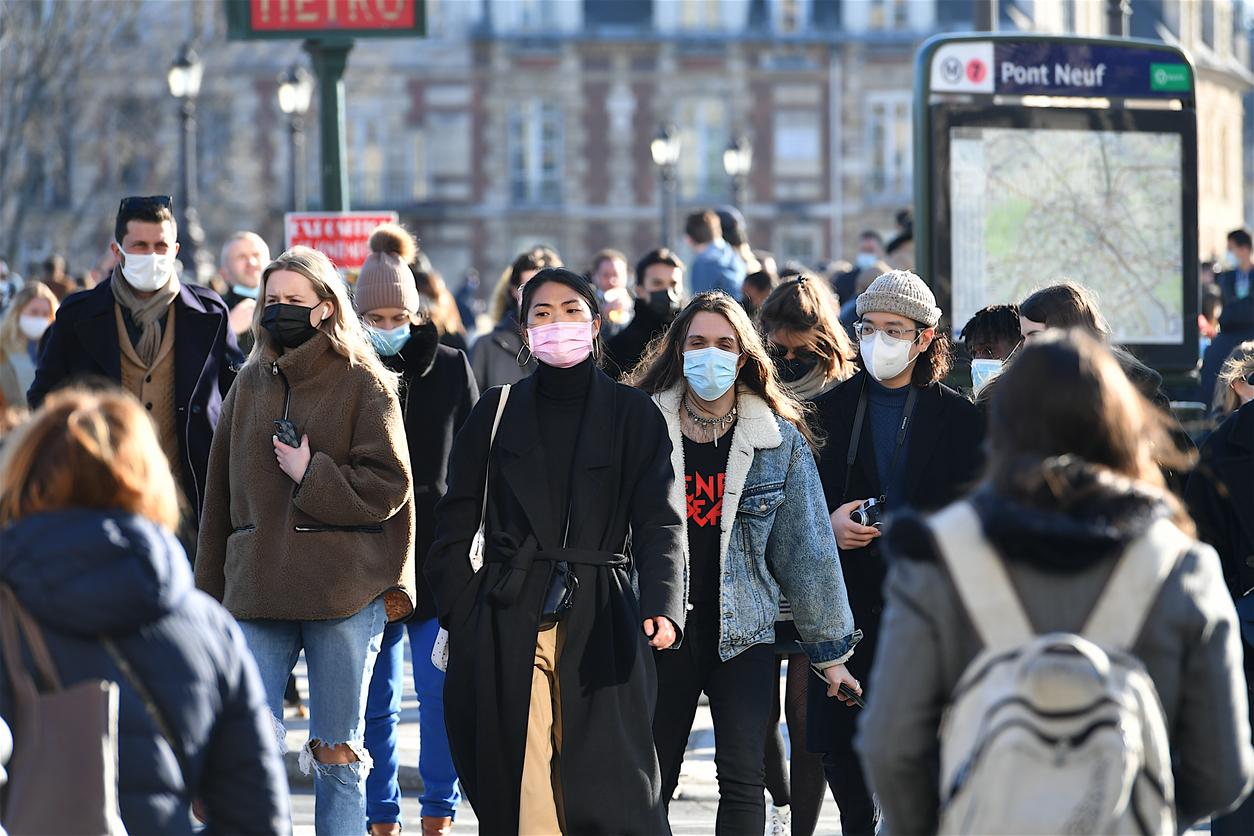Anyone who has ever had the flu knows how dreadful the disease can be: headaches, body aches, high fever, intense fatigue… In short, the flu can hurt! It could even hurt very badly next winter because if this year respecting barrier gestures and social distancing has prevented us from catching the virus, it has also prevented us from building our immunity. However, thePeople with no or reduced immunity ‘are like fuel for the flu fire’ explains Dr. Shweta Bansal, specialist in infectious diseases at Georgetown University in Washington (USA). “And the more fuel available, the more the epidemic can spread.”
Coronavirus has taken over other respiratory viruses
Since the end of September, Public Health France has continued to monitor the evolution of the flu virus on the territory, as it does every winter. In 5 months, no active circulation of influenza viruses has been identified by the dedicated surveillance networks. “Only 20 influenza viruses have been detected (18 in hospitals and 2 by the Sentinelles network) in different regions, including at least 2 in people returning from a trip abroad” emphasizes Public Health France in its epidemiological bulletin.
An unprecedented but troubling situation for researchers who have not been able to study the flu virus and are therefore deprived of data for the development of future vaccines in anticipation of the next epidemic. Because the flu virus has not disappeared. Like the respiratory syncytial virus (the bronchiolitis virus) or the other coronaviruses usually responsible for colds, it has simply been deprived of its usual vectors of transmission due to the wearing of masks, telecommuting, and social distancing.
But when the wearing of the mask is reduced and the distancing is relaxed, the flu virus will reappear. The next flu epidemic is inevitable. Scientists are only wondering if it will be next winter or off-season.
Read also :
- The flu virus is 3 times more deadly than seasonal flu
- Covid-19 symptoms: the most frequent, the signs of aggravation
- Covid and flu: why these 2 viruses are not comparable


















